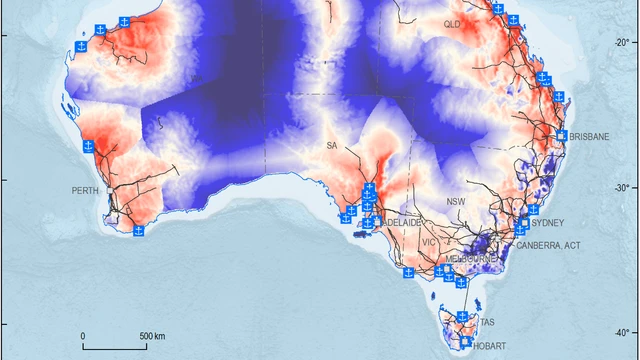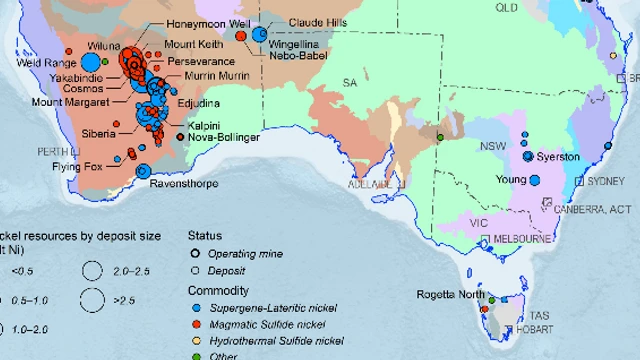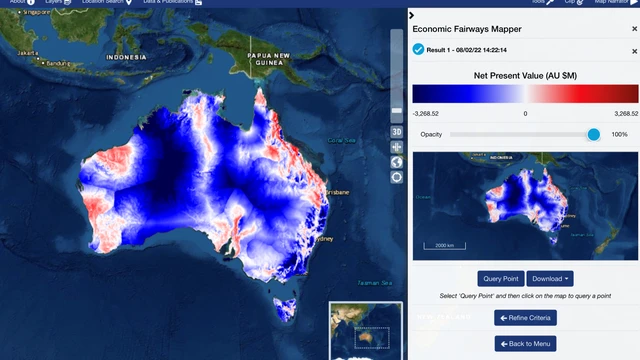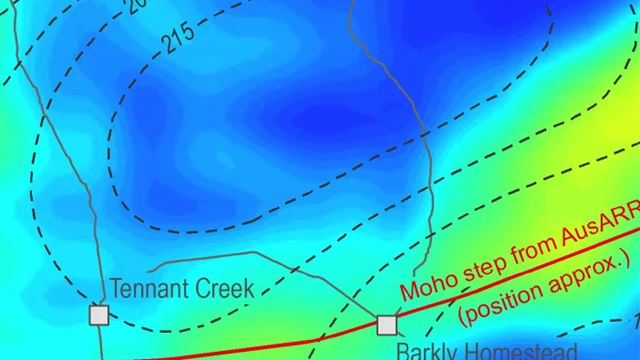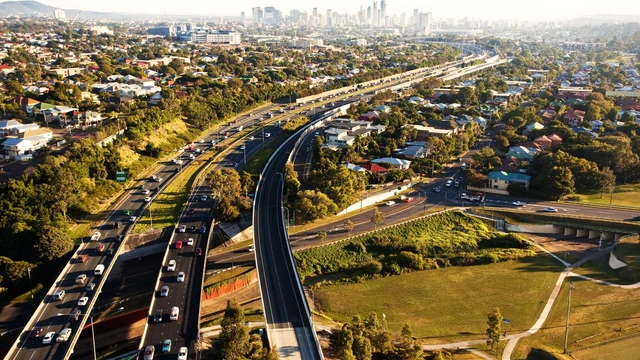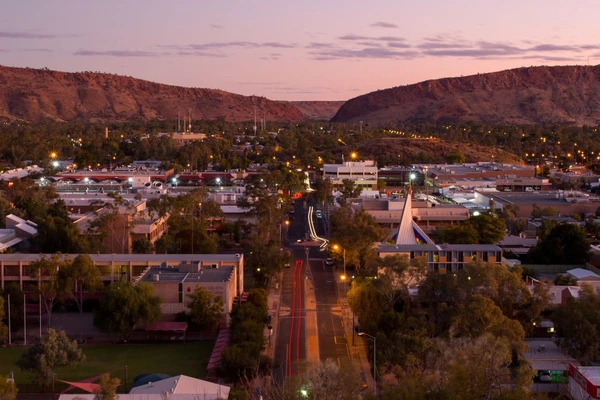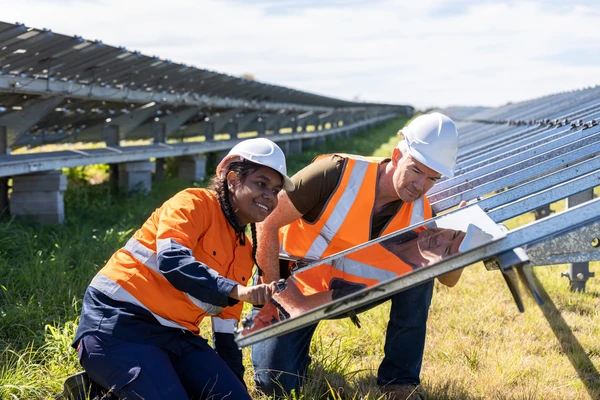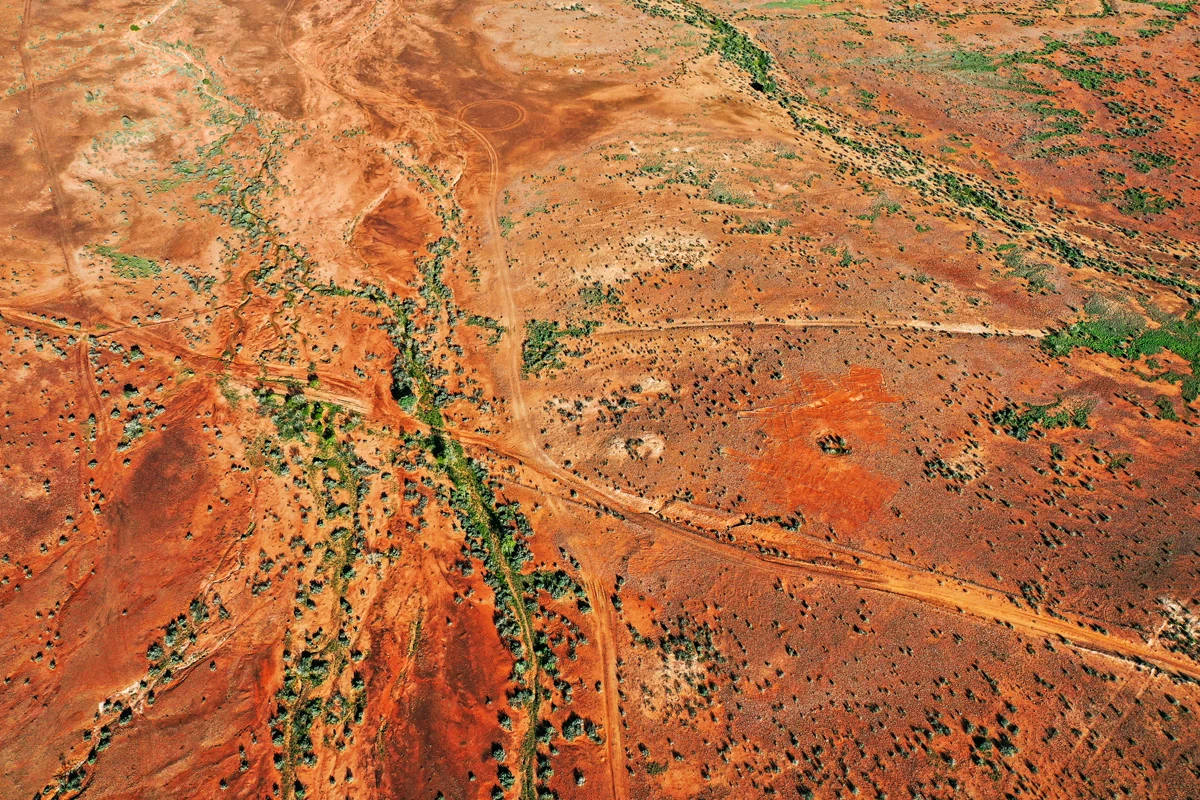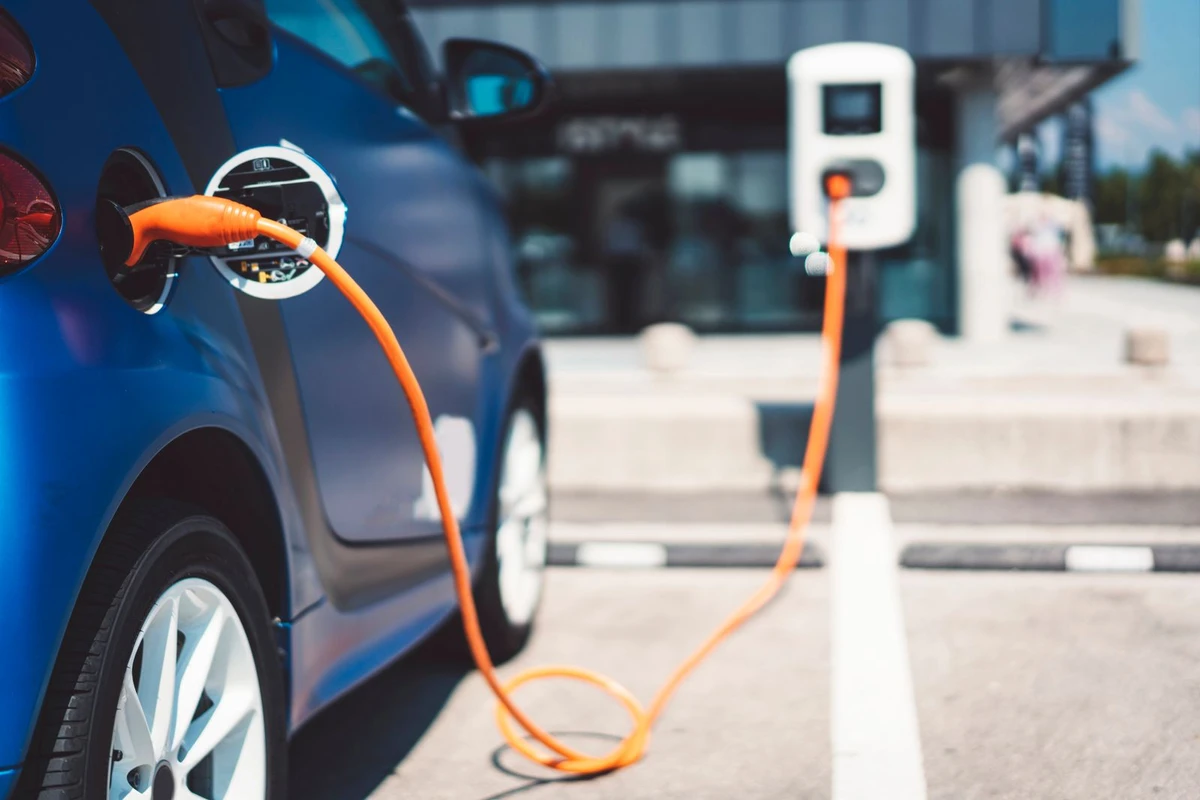
Increased sustainability and improved responsible management
As we move to a lower carbon economy, transitional fuels like gas, low carbon technologies like carbon capture and storage, and new energy sources like hydrogen will be essential.
In addition, Australia is well-placed to build a world class critical minerals sector, which is essential for advanced technologies, such as renewable energy, battery technology and transportation.
Our work supports
- Increased sustainability underpinned by thriving low emissions energy and critical minerals sectors.
- Improved responsible management of natural resources and the environment.

